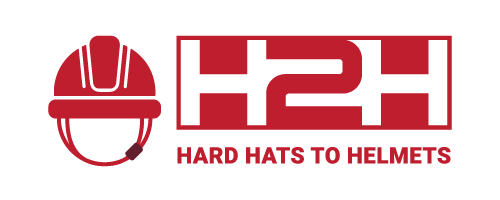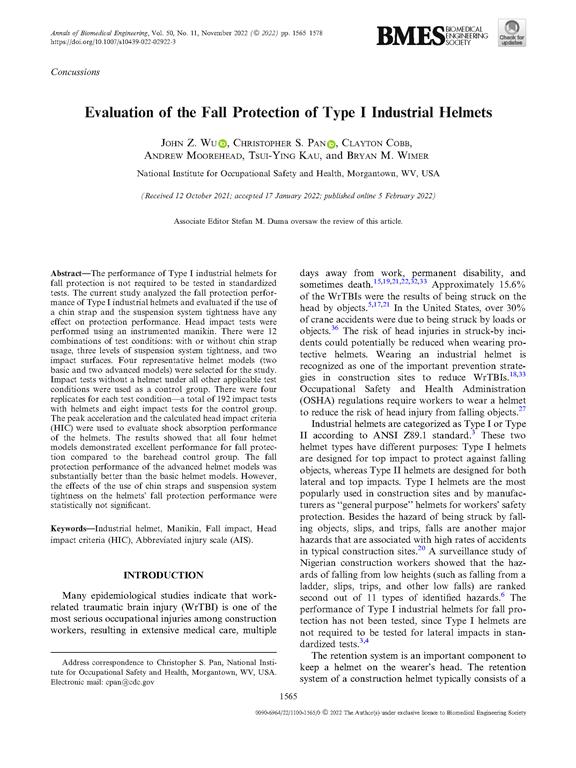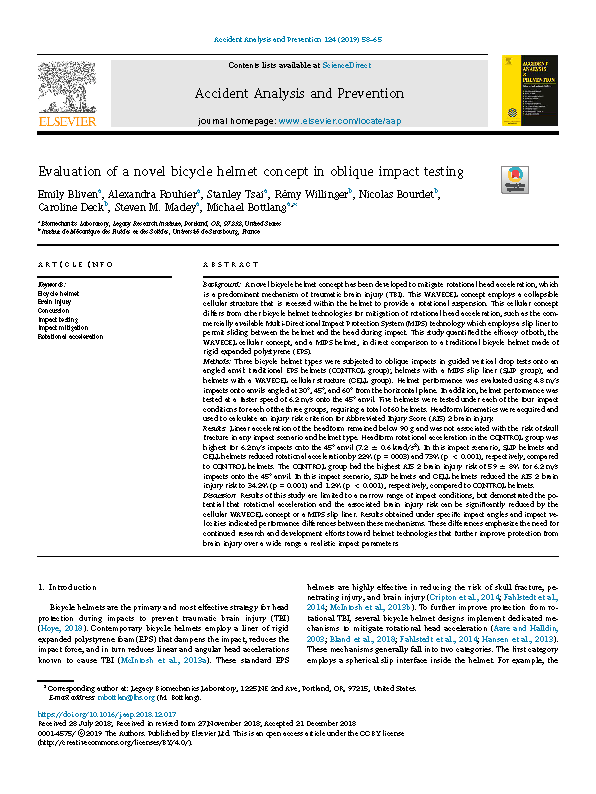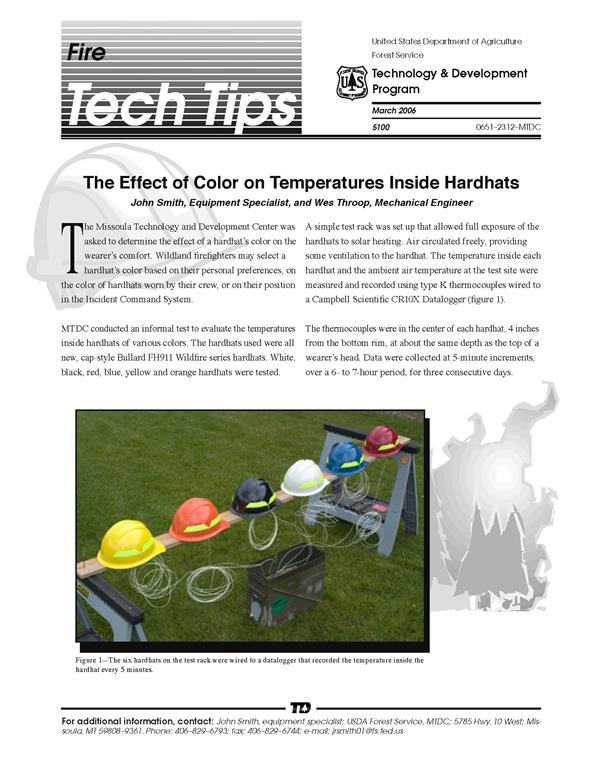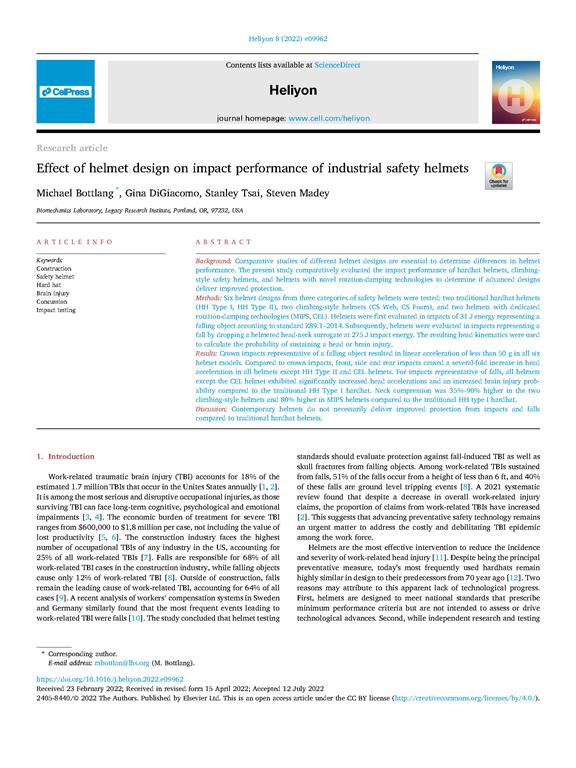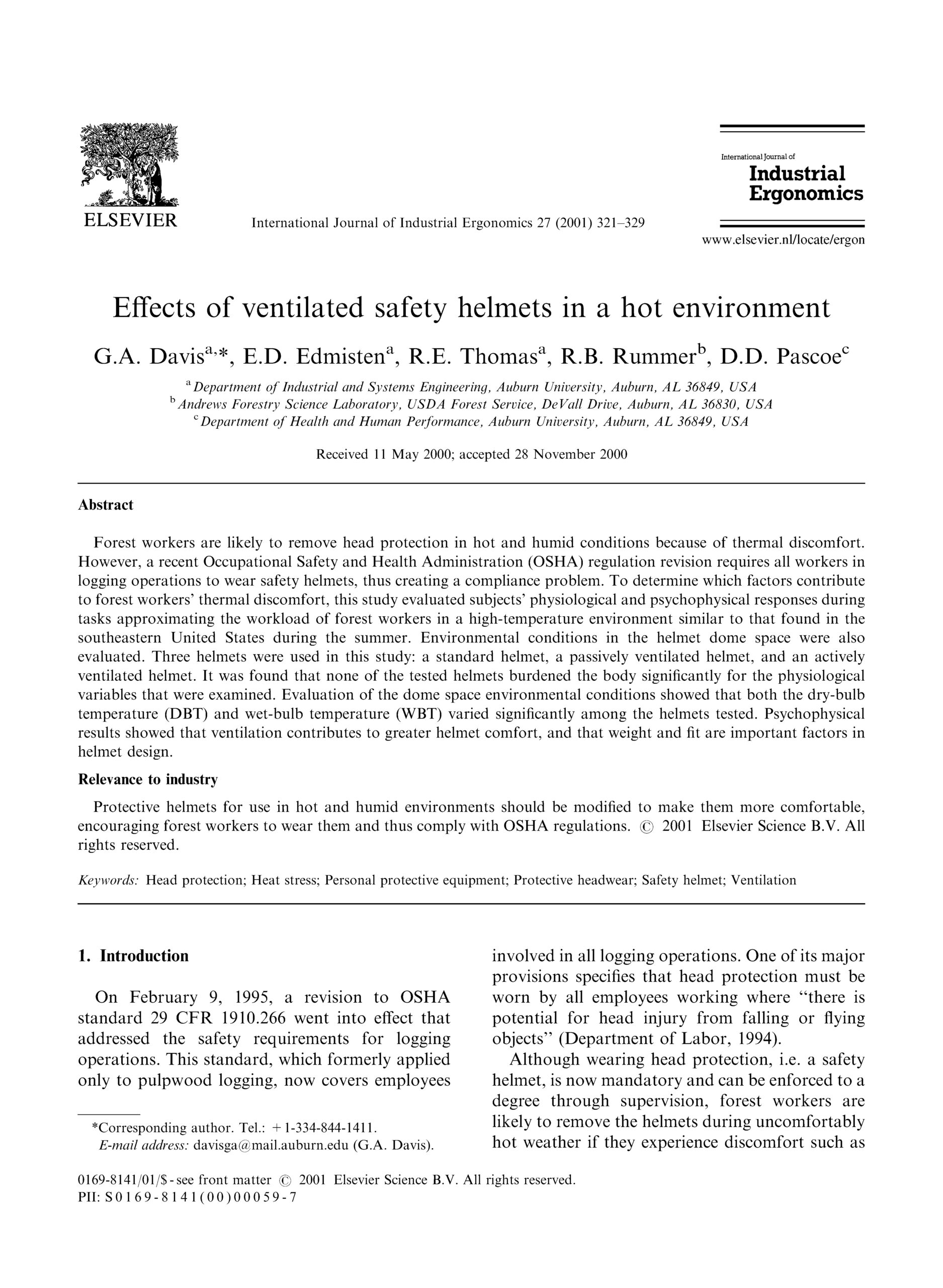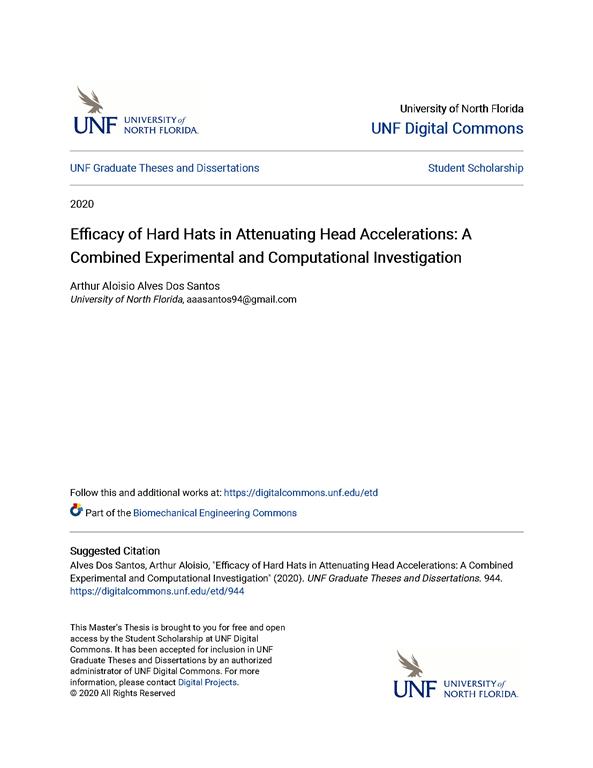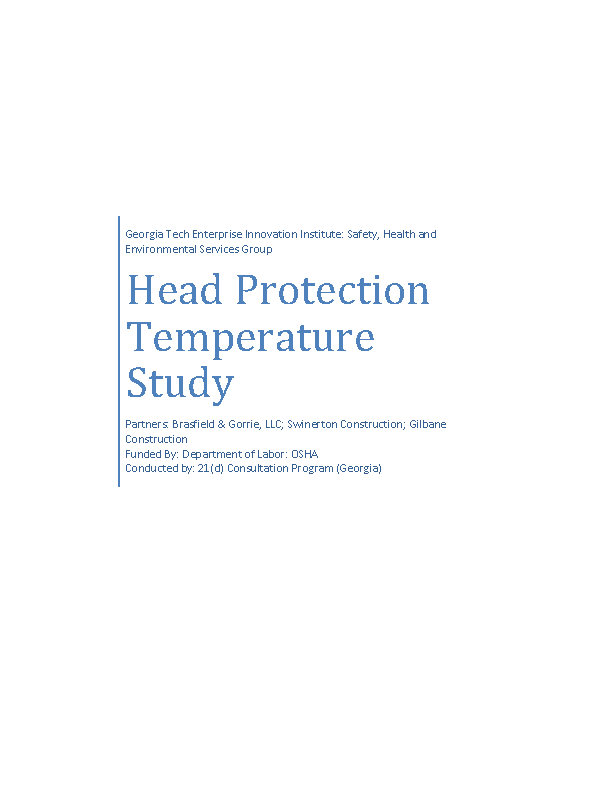Research and Development
Helmet research, testing and investigation regarding function, fit, durability, comfort, improvements and future directions.
Construction Helmets and Work-related Traumatic Brain Injury
Evaluation of the Fall Protection of Type I Industrial Helmets
Evaluation of a novel bicycle helmet concept in oblique impact testing
A novel bicycle helmet concept has been developed to mitigate rotational head acceleration, which is a predominant mechanism of traumatic brain injury (TBI). This WAVECEL concept employs a collapsible cellular structure that is recessed within the helmet to provide a rotational suspension.
The Effect of Color on Temperatures Inside Hardhats
MTDC conducted an informal test to evaluate the temperatures inside hardhats of various colors. The hardhats used were all new, cap-style Bullard FH911 Wildfire series hardhats. White, black, red, blue, yellow and orange hardhats were tested.
Effect of Helmet Design on Impact Performance of Industrial Safety Helmets
Comparative studies of different helmet designs are essential to determine differences in helmet performance. The present study comparatively evaluated the impact performance of hardhat helmets, climbing-style safety helmets, and helmets with novel rotation-damping technologies to determine if advanced designs deliver improved protection.
Effects of Ventilated Safety Helmets in a Hot Environment
Forest workers are likely to remove head protection in hot and humid conditions because of thermal discomfort. However, a recent Occupational Safety and Health Administration (OSHA) regulation revision requires all workers in logging operations to wear safety helmets, thus creating a compliance problem. To determine which factors contribute to forest workers’ thermal discomfort, this study evaluated subjects’ physiological and psychophysical responses during tasks approximating the workload of forest workers in a high-temperature environment similar to that found in the southeastern United States during the summer.
Efficacy of Hard Hats in Attenuating Head Accelerations: A
Combined Experimental and Computational Investigation
Struck-by accidents are a leading cause of traumatic brain injuries in the construction industry. While hard hats are the conventional means of industrial head protection, the current test standard to evaluate hard hat performance does not assess their ability to mitigate head accelerations from such impacts. To address this gap in knowledge, three investigations were pursued as part of this thesis.
Head Protection Temperature Study
Heat-related illness (HRI) is an acknowledged occupational risk factor – and one that is entirely preventable. For individuals working in construction, heat illness typically results when the body’s total heat load (resulting from physical activity or personal physiological factors) is combined with insufficient heat dissipation (resulting from environmental conditions or personal protective equipment use). In the absence of specific federal regulations for the prevention of heat-related illness in the workplace, employers are encouraged to develop management plans that include hydration, training, acclimatization periods for new employees, and modified work patterns.
